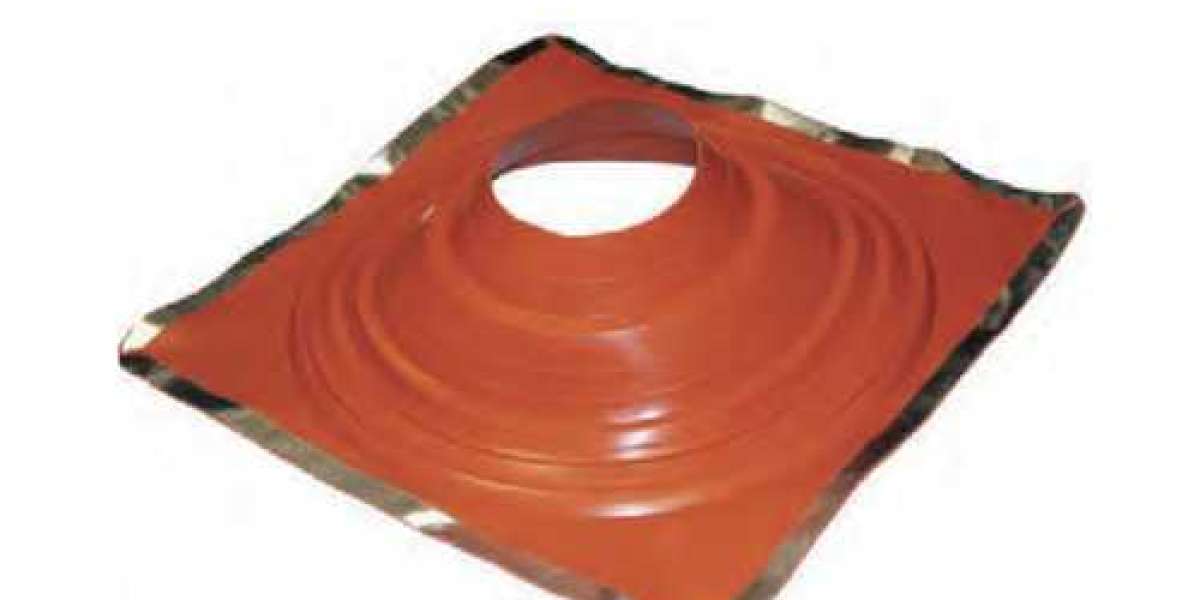Roof flashing is a crucial component in roofing systems, designed to direct water away from critical areas of the roof and prevent leaks. Typically made from materials like galvanized steel, aluminum, copper, or rubber, flashing is installed around roof features such as chimneys, skylights, vents, and valleys where different roof sections meet. These areas are particularly vulnerable to water infiltration due to their complex shapes and the joints they create.
Importance of Roof Flashing:
Waterproofing:
The primary purpose of roof flashing is to create a watertight barrier. Roofs are exposed to various weather conditions, including rain, snow, and ice. Without adequate flashing, water can seep into the roof structure, leading to leaks. Over time, this can cause significant damage to the roofing materials, the underlying structure, and the interior of the building. Flashing ensures that water is channeled away from potential entry points, maintaining the integrity of the roof and preventing water damage.
Preventing Mold and Mildew:
Water infiltration not only damages the structure but also creates an environment conducive to mold and mildew growth. Mold can pose serious health risks to occupants, including respiratory issues and allergic reactions. By preventing water from entering the building, roof flashing helps maintain a dry environment, reducing the risk of mold and mildew development.
Extending Roof Lifespan:
Properly installed flashing can significantly extend the lifespan of a roof. Water damage is one of the most common reasons for premature roof failure. Flashing protects vulnerable areas, reducing the need for frequent repairs and replacements. This not only saves money in the long run but also minimizes the disruption caused by roof maintenance.
Structural Integrity:
Water infiltration can compromise the structural integrity of a building. Wooden components, such as rafters and trusses, can rot when exposed to moisture, weakening the entire roof structure. In extreme cases, this can lead to roof collapse. Flashing protects these critical structural elements by keeping water out, ensuring the roof remains strong and stable.
Energy Efficiency:
A well-maintained roof with effective flashing can also improve energy efficiency. Water infiltration can damage insulation, reducing its effectiveness. Proper flashing prevents water from reaching the insulation, ensuring that it remains dry and functions as intended. This helps maintain consistent indoor temperatures, reducing the need for heating and cooling and ultimately lowering energy bills.
Aesthetic Appeal:
While the primary function of roof flashing is practical, it also contributes to the overall aesthetic appeal of a building. Poorly installed or damaged flashing can be unsightly, detracting from the building's appearance. High-quality flashing, on the other hand, is designed to blend seamlessly with the roofing materials, maintaining a clean and attractive look.
Place your online order: https://www.ductingsuppliesuk.com/shop-online
Types of Roof Flashing:
Step Flashing:
Used where the roof meets a vertical surface, such as a wall or chimney, step flashing consists of a series of overlapping pieces that direct water away from the joint.
Valley Flashing:
Installed in roof valleys where two roof planes intersect, valley flashing helps channel water down the valley and away from the roof.
Drip Edge Flashing:
Installed along the roof edges, drip edge flashing directs water away from the fascia and into the gutters, preventing water damage to the roof's edge.
Vent Pipe Flashing:
Designed to seal around vent pipes, this type of flashing typically features a rubber boot that fits snugly around the pipe, preventing water from entering around the pipe.
Conclusion:
Roof flashing is an essential element of any roofing system, playing a critical role in preventing water infiltration, protecting the structural integrity of the building, and enhancing energy efficiency. Proper installation and maintenance of flashing are vital to ensure the long-term performance and durability of the roof. Whether for a new roof installation or roof repairs, investing in high-quality flashing materials and professional installation is a wise decision that can save homeowners significant time, money, and stress in the long run.








